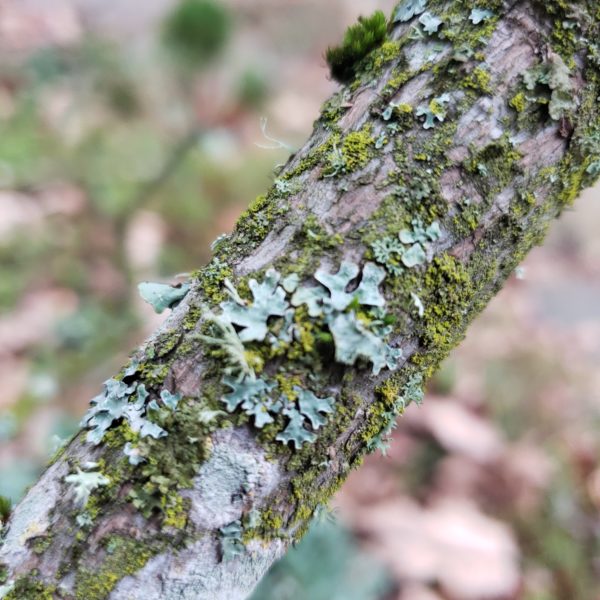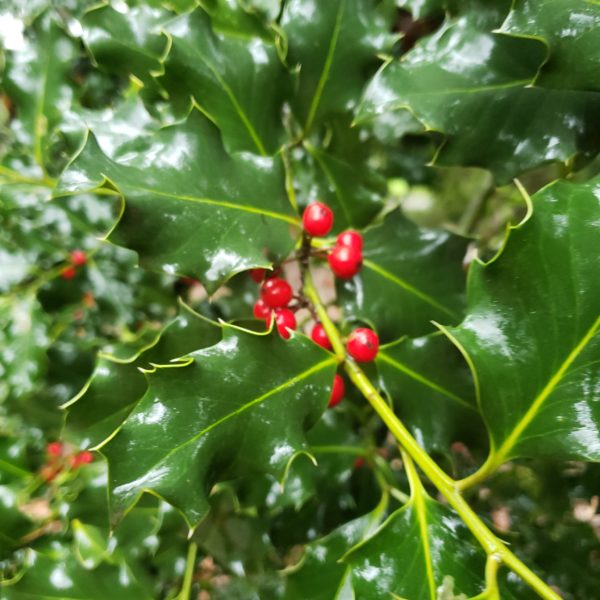The January 2024 winter storm brought sleet, snow, freezing rain, and wind to the Portland area, taking a heavy toll on our urban forest. We have seen widespread tree damage across the Portland area ranging in severity from whole trees uprooting and toppling over to major branch breakages. Our arborists are working hard to help with your tree emergencies and... Read More
Our arborists recommend mulching your trees because it is one of the simplest and most beneficial ways of caring for your trees. Mulching is simply adding a layer of protective material at the base of your trees. Benefits of Mulching Mulching protects your trees by reducing water loss through evaporation, preventing soil erosion, controlling weeds that compete for nutrients and... Read More
A healthy tree root system grows in soil containing water, air, and minerals. When a tree’s root growth is limited by pavement, sidewalks, or foundations, the tree’s access to minerals and water is also limited. A tree planted under these conditions will eventually decline as the root system cannot support the needs of the larger tree. Most tree problems can... Read More
English ivy (Hedera spp.) is a non-native plant that was first introduced to the Pacific Northwest as a horticultural plant, but has since spread by seed to dominate huge swaths of our forests and urban gardens. The state of Oregon defines the woody, evergreen English ivy as a noxious weed. This invasive species forms dense mats on the forest floor... Read More
Our dry northwest summers motivate many urban gardeners to water their trees to excess. Overwatering is a common cause of urban tree decline. When excess water displaces oxygen in the root zone over long periods of saturation, the roots will suffocate and die. Determining the right amount of water, not too much or too little, for your established trees involves... Read More
Lichen-covered trees are a common site in forests and backyards of the Pacific Northwest, and are most conspicuous during the wet winter months when the branches of deciduous trees are bare. Lichen are made up of a fungus and a photosynthetic partner that work together to form unique species.The fungus provides the structure of the lichen and the photosynthetic partner... Read More
The sunny, clear days of Oregon summers send us scampering for shade to protect our delicate skin from dangerous UV rays. Trees can be damaged by the sun too. The mature cherry tree seen above has a sealed sunburn wound. When the amount of direct sunlight the tree receives abruptly increases, the extra heat and radiation can damage the nutrient-exchanging... Read More
Summers in the Portland area are very dry. While the dry weather is often blissful for the waterlogged human residents who endured the past eight months of rainfall, our trees can suffer drought stress. Drought stress occurs when limited access to water interferes with the tree’s normal growth processes. Drought stress can limit root growth, limit tree growth due to... Read More
When recommending a tree to plant, we go by the guideline, “Right tree, right place”. Many tree species are well suited to the right setting, but there are a few trees that we don’t recommend anywhere. Some of these trees are listed on the Nuisance Tree Lists of several local municipalities. The English Holly, seen above, is considered invasive and... Read More
Bare root deciduous trees, like the apple tree shown above, become available from nurseries in late winter. These trees are sold with their roots bare, or not in soil. Although planting in winter weather may be daunting, planting bare root trees now will allow root establishment before the growing season. The fact that you are planting the bare root tree... Read More












